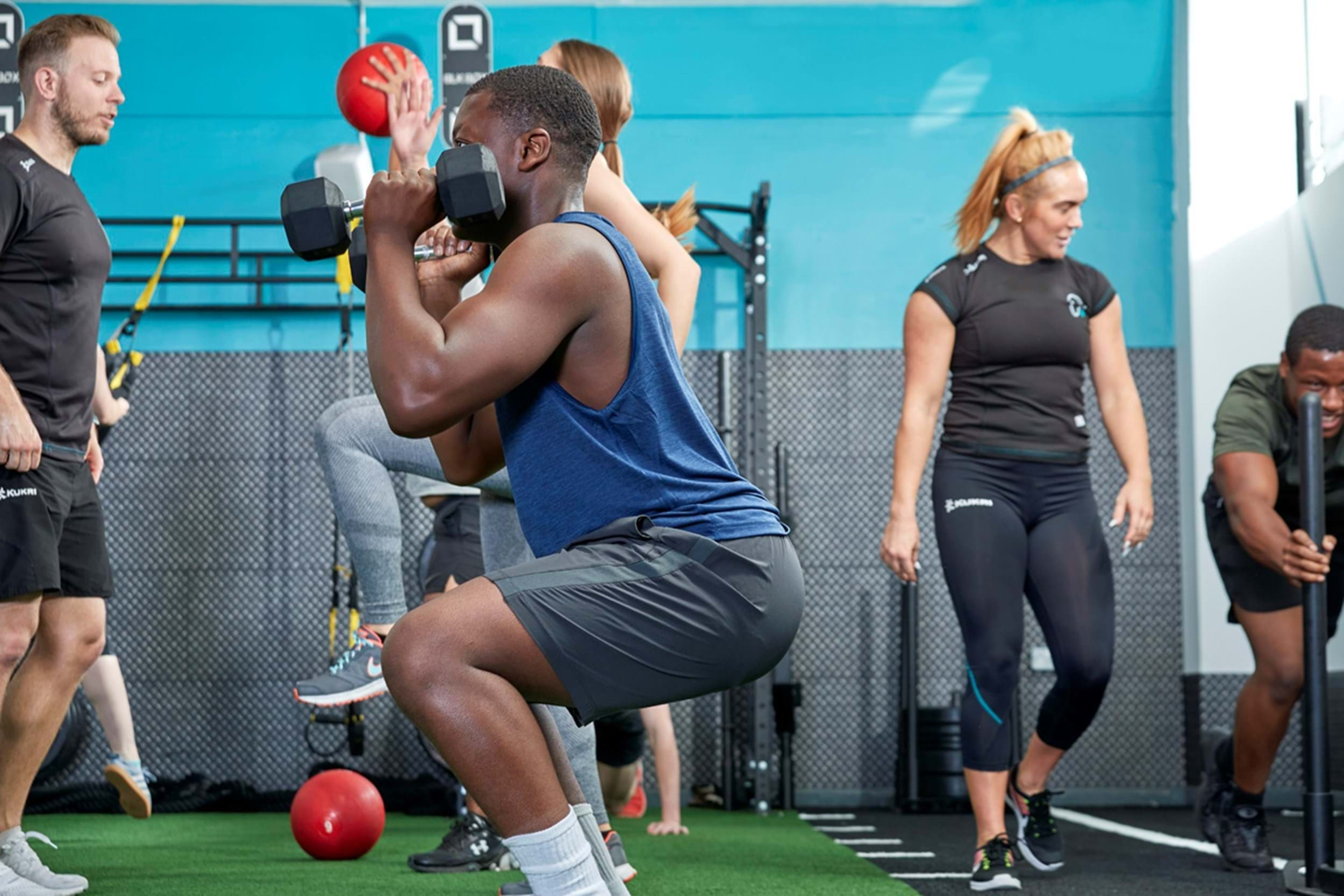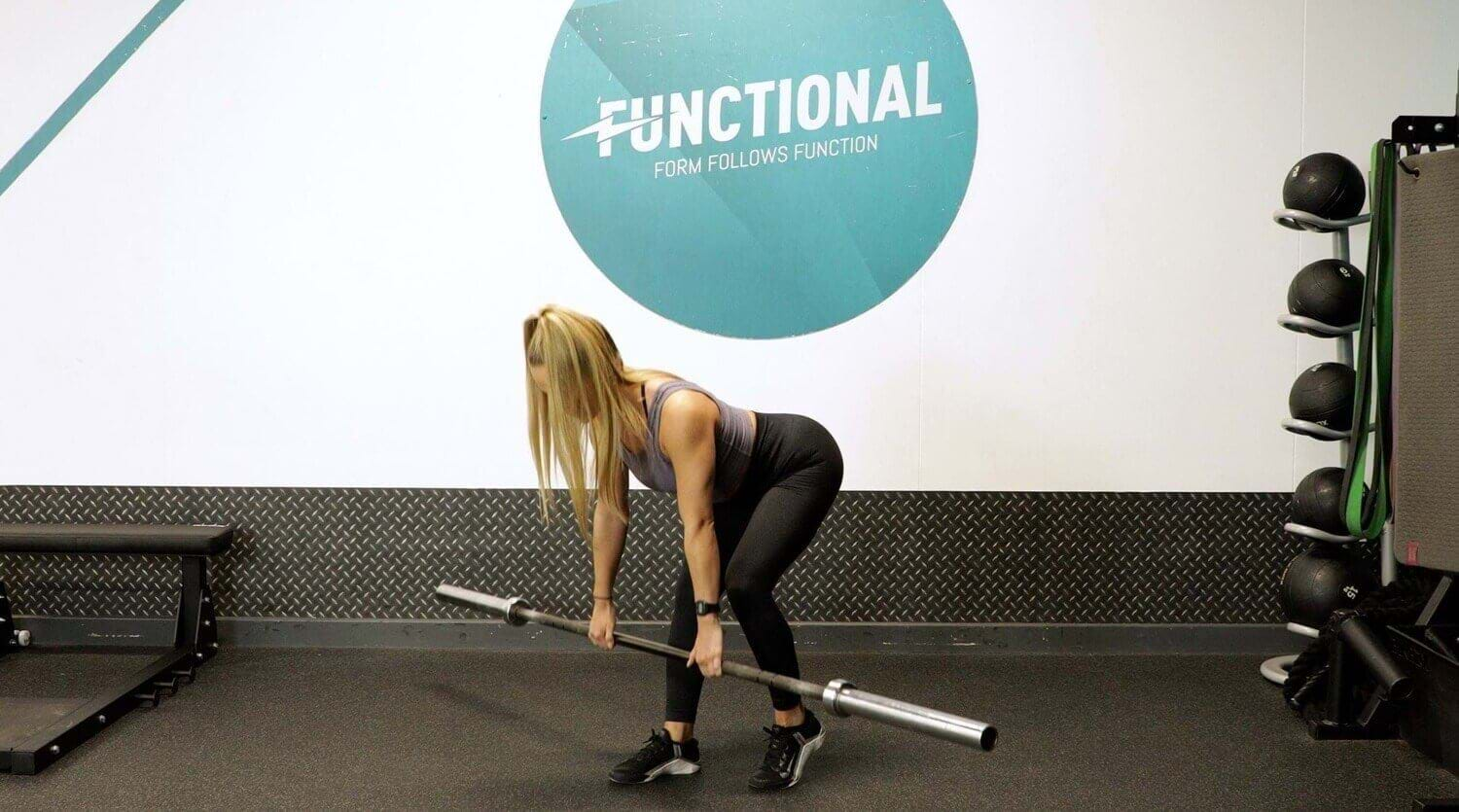A Beginners Guide to Bulking and Cutting

Summary | What Is Bulking & Cutting | How To Bulk | To Avoid When Bulking | How To Cut | To Avoid When Cutting | Transitioning | FAQs
Page last updated: 3rd November 2025
Ever since the glory days of bodybuilding, when figures like Arnold Schwarzenegger, Franco Columbu, Lou Ferrigno, and Frank Zane dominated the muscle scene, "bulking" and "cutting" cycles have been a routine for many in the pursuit of an aesthetically pleasing physique.
Put simply, a bulking cycle is a time when you're eating a surplus of food and lifting heavy weights to build muscle mass.
Since fat gain almost inevitably comes alongside muscle gain, the other part of the equation is the "cutting" cycle, where you eat at a caloric deficit and modify your workout routine to burn the maximum amount of fat while holding onto as much of your hard-earned muscle and strength as possible.
If you're new to these well-worn bodybuilding concepts, here are some tips for how to bulk and cut successfully.
Bulking and cutting at a glance
- Bulking means eating in a small calorie surplus to build muscle and strength.
- Cutting means eating in a calorie deficit to lose fat while maintaining muscle.
- Aim for 8--12 reps per set with heavy, controlled lifting for best muscle growth results.
- Eat around 1.6 g of protein per kg bodyweight to support muscle during both phases.
- Choose whole, nutrient-dense foods, not junk calories, for clean, steady progress.
- Add cardio moderately to support fitness and recovery without affecting gains.
- Expect to bulk for 8--16 weeks and cut for 6--12 weeks, depending on your goals.
- Avoid rushing either phase -- slow, consistent changes deliver the best long-term results.
What is bulking and cutting?
Bulking and cutting are two simple phases people use to build muscle and then get lean.
Bulking means eating more calories than your body burns so you can gain muscle and strength. You're in a calorie surplus, which gives your body the extra fuel it needs to grow. The key is to focus on good-quality food (i.e. plenty of protein, carbs for energy, and healthy fats) while keeping your workouts consistent. You might gain a bit of fat during this time, and that's normal.
Cutting is the opposite. It's when you eat fewer calories than your body burns to lose fat while holding on to the muscle you've built. Protein stays high, portions get smaller, and training stays strong, so you don't lose your hard work from the bulk.
Together, these phases help you build muscle in one stage and show it off in the next. The trick is knowing when to switch between them and making small, steady changes instead of rushing the process.

Bulking for beginners: How to bulk
Eat at a caloric surplus
The first thing to keep in mind when bulking is that you should be eating a caloric surplus to promote significant muscle growth.
Generally, when you eat at a caloric surplus, your body will be in an "anabolic" state. This means that it's in a growth phase where new tissue will be constructed, including muscle and bone, among other things.
Your caloric surplus should be controlled. You should eat slightly above your "maintenance" calorie needs, but shouldn't overdo it. If your strength and weight are slowly rising, with minimal fat gain, that's a good sign.
Eat moderate protein and fat, and a substantial amount of carbs
Low-carb diets are popular for various reasons, but they're not a great strategy for bulking up. When you're bulking, your body needs the glycogen produced by carb consumption to power heavy lifts.
The insulin spikes associated with high carb intake also play some role in promoting muscle growth, which is why elite-level bodybuilders often inject insulin directly.
Although protein is usually thought of as the number one macronutrient required to build muscle, evidence shows that your bulking protein requirements are lower than you might think.
Research, like this systematic review, has found evidence that around 1.3-1.8g of protein per kg of bodyweight is the highest threshold where protein intake seems to improve body composition during a bulk.
In other words, an 80kg person would need to eat between 104g - 144g of protein during their bulk to keep gaining muscle, far less than is usually recommended. You can find out more about how much protein you need while training here.
Fat intake should be kept moderate for proper hormonal balance.
Lift heavy and focus on a moderate rep range
As the point of bulking is to pack on muscle, it's important to lift heavy in a moderate rep. A report in the British Journal of Sports Medicine showed that multiset, higher load (and thus moderate rep) training was ranked highest for hypertrophy. So aim for a range of about 8-12 reps per set.
Base your workouts around compound lifts like the squat and bench press, and add in assistance exercises to focus on particular muscle groups.
Emphasise steady progress in your lifting.
This guide explains more about lifting weights at the gym.
Avoid "dirty bulking" to avoid excess fat gain
"Dirty bulking" refers to eating junk food to bulk up. Not only is this bad for your health, but it also promotes greater fat gain, which makes your cutting phase harder. Try to avoid this common pitfall.
Common bulking mistakes to avoid
Bulking is all about eating more to build muscle, but doing it the wrong way can slow your progress or just add unnecessary fat. Here are a few common mistakes to watch out for:
Eating everything in sight: A bulk isn't an excuse to eat junk food all day. You still need quality calories. Think lean proteins, complex carbs, and healthy fats. Going too heavy on takeaways or sugary snacks just makes you gain fat faster, not muscle.
Ignoring your calorie targets: Even during a bulk, you need some structure. Eating too far above your maintenance level can lead to more fat gain than muscle growth. Aim for a small, steady surplus -- around 250--500 extra calories a day.
Not tracking progress: If the scale's moving up but your strength isn't, you might be eating too much. Keep an eye on your bodyweight, how your clothes fit, and your gym performance to make sure you're gaining the right kind of weight.
Skipping cardio completely: Cardio doesn't ruin your bulk; it helps with recovery, heart health, and appetite control. Just keep it moderate so it doesn't eat into your calorie surplus.
Training without enough intensity: Eating more only helps if you're training hard. Make sure your workouts focus on progressive overload (lifting a bit more weight or adding reps over time) so your body has a reason to build muscle.
Bulking for too long: A good bulk isn't endless. Staying in a surplus for months without a plan can lead to excess fat. Most people see great results with 8--16 week bulking phases before moving into a cut.
Cutting for beginners: How to cut
Eat at a caloric deficit
Just as the aim of bulking is to be in a caloric surplus, cutting aims to be in a caloric deficit. This puts you in a "catabolic" state --- one where tissue is broken down in the body.
Keep your calorie intake below maintenance, but don't go too low. You can read more about how many calories you need to lose weight here.
Don't rush weight loss
You may be tempted to opt for quick-fix diet approaches that will see you cut lots of weight quickly, but the truth is, many of these just don't last. If cutting certain food types from your diet works for you and your lifestyle, that's great, but major lifestyle changes tend to work better if they're something you can consistently stick to.
It's far more important to ensure you're getting all the nutrients your body needs to stay fit and well - you'll definitely see improvements in your shape and tone still, but accept that lasting progress won't be overnight success. Take your time to achieve your goals safely.
Our Everything You Need to Know About Losing Weight Fast guide explains more.
Focus on exercises that get your heart rate up and burn significant calories
When cutting, burning excess calories during your workouts is something to aim for. Modify your training routine to make it more dynamic and keep your heart rate up. Reducing rest times and using super-sets can be a good idea. Cardio exercise is a great place to start, and HIIT workouts are also an excellent approach, as you burn more calories in a shorter amount of time.
You can find some of our favourite gym cutting workout plans here.
Increase NEAT
NEAT refers to the energy expended (calories burned) for everything you do that isn't sleeping, eating or exercise, such as housework, walking to the shops, and fidgeting. Increasing your NEAT can be a great tool for weight loss! Check out our tips to increase NEAT here.
Keep protein intake up
Protein is more important on a cut than a bulk because it helps to spare muscle during tissue wasting. You may not need to boost your protein intake dramatically during a cut, but keeping it a bit on the higher side can be a good idea - 1.8g per kg bodyweight is a good aim.
Continue to strength train, but don't expect significant gains
Resistance exercise is known to help maintain muscle mass during a calorie deficit, so continuing your strength-training regimen during a cut is essential.
Strive to progress your lifts wherever possible, but don't expect significant gains.
Common cutting mistakes to avoid
Cutting helps reveal the muscle you built during your bulk, but it's easy to lose progress if you go about it the wrong way. Here are some common mistakes to steer clear of:
- Dropping calories too fast: Cutting your food intake too aggressively might make the scale move quickly, but you'll lose muscle along with fat. Start with a small calorie deficit and adjust gradually so your body has time to adapt.
- Skipping strength training: Some people think cutting means endless cardio, but resistance training is what keeps your muscles. Keep lifting heavy and focus on maintaining strength -- that's what helps you look defined once the fat comes off.
- Doing too much cardio: Cardio helps with fat loss, but overdoing it can burn out your energy and slow recovery. Aim for a few moderate sessions a week and rely on your diet to do most of the fat-loss work.
- Eating too little protein: Protein is key for keeping muscle when you're in a calorie deficit. Make sure you're getting a good source of protein with every meal -- think chicken, fish, eggs, tofu, or protein shakes.
- Expecting fast results: Fat loss takes time. Trying to rush the process usually leads to burnout or binge eating. Focus on small, steady progress and track your changes over a few weeks, not days.
- Cutting for too long: Staying in a deficit for months on end can stall progress and mess with your energy levels. Take breaks when needed and plan your cut around realistic goals.
Transitioning from bulking to cutting
Switching from bulking to cutting is where a lot of people slip up. The goal is to move from building muscle to losing fat without undoing all your progress. Here's how to make the transition smooth and effective:
Don't crash your calories overnight
If you suddenly slash calories after a bulk, your body can react by burning muscle and slowing your metabolism. Instead, reduce calories gradually over 1--2 weeks. This gives your body time to adjust and helps keep your strength steady.
Keep lifting heavy
Your training shouldn't change dramatically. Keep focusing on strength and progressive overload, even while cutting. This tells your body that your muscle is still needed and should be preserved.
Adjust your macros
As you move into a cut, lower carbs slightly and bump up your protein to help protect muscle mass. Fats can stay moderate for energy and hormone support.
Add cardio slowly
You don't need to jump straight into daily cardio sessions. Start with 2--3 moderate sessions per week and increase only if fat loss slows down.
Watch your rate of weight loss
Aiming to lose around 0.5--1% of your bodyweight per week is ideal. Faster than that usually means you're losing muscle too.
Stay patient and consistent
The first few weeks of cutting can feel slow after a long bulk, but stick with it. The muscle definition will start to show once fat levels drop steadily.
FAQs on bulking and cutting
How do you know when to switch from bulking to cutting?
A good sign you're ready to cut is when your muscle gains start slowing down and fat gain becomes more noticeable. Most people bulk for 8--16 weeks, then move into a cut once they've built a solid strength base.
Can you build muscle and lose fat at the same time?
It's possible, especially if you're new to training or returning after a break, but it's slower. Most people see better results focusing on one goal at a time -- bulk to build, cut to define.
Is bulking necessary to gain muscle?
Not always. You can gain some muscle on maintenance calories, especially as a beginner. But a small, controlled bulk helps speed up muscle growth by giving your body extra fuel to build with.
How fast should you expect to gain weight while bulking?
Aim to gain around 0.25--0.5% of your bodyweight per week. Gaining faster than that usually means too much fat, not extra muscle.
What foods are best for clean bulking?\
Stick to whole, nutrient-dense foods, such as lean meats, fish, eggs, rice, oats, potatoes, olive oil, nuts, and plenty of vegetables. You can include some higher-calorie snacks like nut butter or smoothies to hit your calorie target.
How much cardio should you do during a bulk?
A little cardio helps with heart health and recovery. Two or three moderate sessions a week is plenty. Just don't overdo it, or it can eat into your calorie surplus.
How can beginners avoid fat gain while bulking?
Keep your calorie surplus small (about 250--500 extra calories a day) and focus on clean, whole foods. Train hard, track progress weekly, and adjust if weight climbs too fast. Slow, steady gains build muscle without unnecessary fat.
How long should you cut for?
Most cutting phases last 6--12 weeks, depending on your goals and starting point. Once progress slows or energy levels drop too much, it's a good time to ease back to maintenance.
If you're thinking about introducing bulking and cutting into your regime, make sure you understand the benefits and the risks first. Take it easy and, as always, listen to your body.
Looking to bulk up and lose weight at the same time? Check out our bulking and shredding guide for even more advice. We have plenty of exercise inspiration across our fitness and nutrition-focused blog, so have an explore for more ideas. If you're not a member of a gym, but ready to get started, then find a PureGym near you and get bulking or cutting today! Still not sure where to begin? One of our Personal Trainers will be able to guide you in the right direction, or you can sign up to the free PureGym app for home workout ideas.


